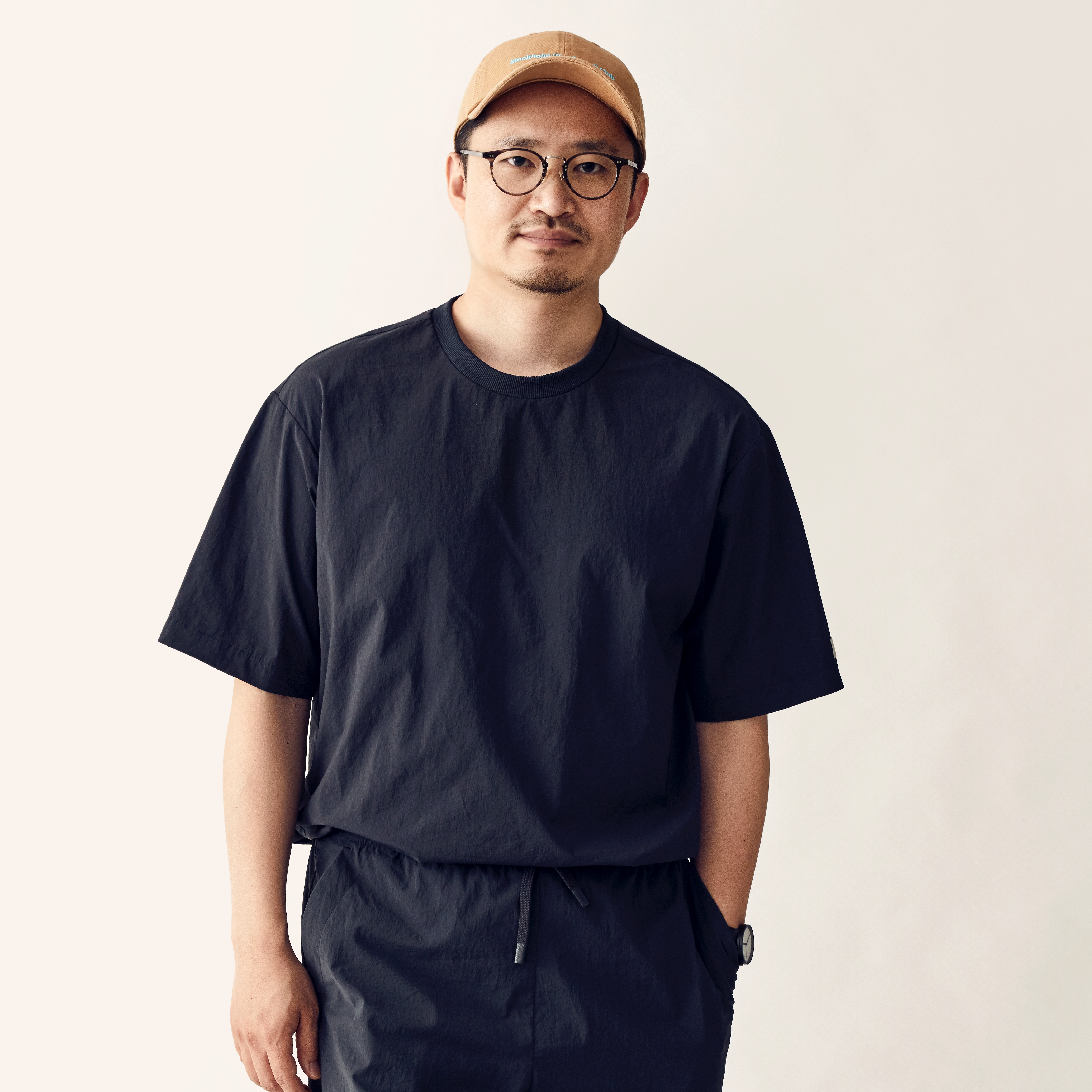Magazine
Design incorporates objects, people,
ideas based on the small pleasures of everyday life.
Meet your wonderful design world with the DDP Design Fair.

The Shift from User-centric to Manufacturing-based Perspective
Maezm CEO / Collaboration Curator Shin Taiho
“User-centric” or “human-centered” was the most trending topic in the design industry of the 21st century. Designing experiences centered on the user, humans, from the beginning to the end of design, was considered a good design methodology. In particular, the philosophy of Tim Brown of IDEO, which is represented by Design Thinking, has been spread across many people, allowing them to view design as an “effective tool for problem solving”.
However, a design that only focuses on solving a given problem often misses a larger problem in the end. As we focus on the product use for the user and the product design only in terms of functionality, we are required to answer a fundamental question: How can we develop a sustainable relationship between the product and the user?
“Sustainability”, a buzzword we had previously missed out on from the user’s point of view, has emerged as a keyword for design methodology and inspired a wide range of answers from various groups. Among them, I would like to introduce the “material-driven design methodology” which provides a design approach centered on material. The material-driven design methodology refers to the act of designing by bringing the field of “material”, which had always been considered a low priority for design methods, to the forefront and keeping material the core of all decisions at each stage. On the surface, it sounds easy to keep material at the center of design, but it is not easy to understand what this truly means. Material has been viewed and handled from an industrial perspective, but not being dealt with beyond functional or aesthetic values in the field of design. Then why should we keep material at the center of design?
Above all, to discover new possibilities of materials. In particular, new materials are constantly being developed and have unlimited possibilities that make it difficult to predict their use. Nevertheless, it takes a lot of time to until they serve a role in our lives as a real product. In many cases, they often fail to be launched as a product and are being used only for research purposes. It is possible to bring these new materials to our living space beyond the laboratory environment only when their potential is discovered through design, amplified and translated into a suitable product. Therefore, material should be prioritized above almost anything else for the design.
However, new possibilities of materials alone are not enough to explain the “material-driven design methodology”. It is necessary to always keep sustainability in mind as a basis for the design. Prioritizing material first and foremost means examining the entire life cycle, from production to use to distribution to disposal. Production and disposal, which had not been considered in the design process before, are now becoming factors that must be considered along with various environmental issues. Maybe the closest example is plastic material. Light but hard plastic material has become a potent symbol of “production and consumption” at once over the past 50 years. This is because it only focuses on outstanding physical features. We are starting to see movements of revisiting where it is made and how it is disposed of after so long a time. Taking material into account before designing a product means developing a product that can return to nature by reducing the use of new plastics extracted from by-products of the petroleum industry, making a product from a single material that is recyclable and using natural materials as much as possible. This is not only for the sustainability of the product, but also for the sustainable relationship between the user and the product. After all, a healthy cycle for the environment we live in is created for the user, humans.
The time has come for us to go back to the 20th century and reflect on “user-centric”, which was the most trending topic in the design world during the 21st century, from a “manufacturing-based perspective”. When the maker and the user were distant from each other and did not have to pay much attention to each other, it required a design that is faithful to its function and satisfies the experience. Now, the importance of design methodologies that examine all the activities of creating, using and discarding something, from production to disposal, has come to the fore. Among them, the “material-driven methodology” can be said to be the most necessary design activity to discover the potential of materials and derive results for the sustainability of life. Among them, the “material-driven methodology” can be said to be the most necessary design activity at this moment in order to discover new possibilities of materials and come up with results for the sustainability of life.
| 이전글 | The Launching Pavilion That Presents a New Lifestyle with a Splash of Fun |
|---|---|
| 다음글 | Louis Vuitton’s Artycapucines Designed by Korean Artist Park Seobo |







